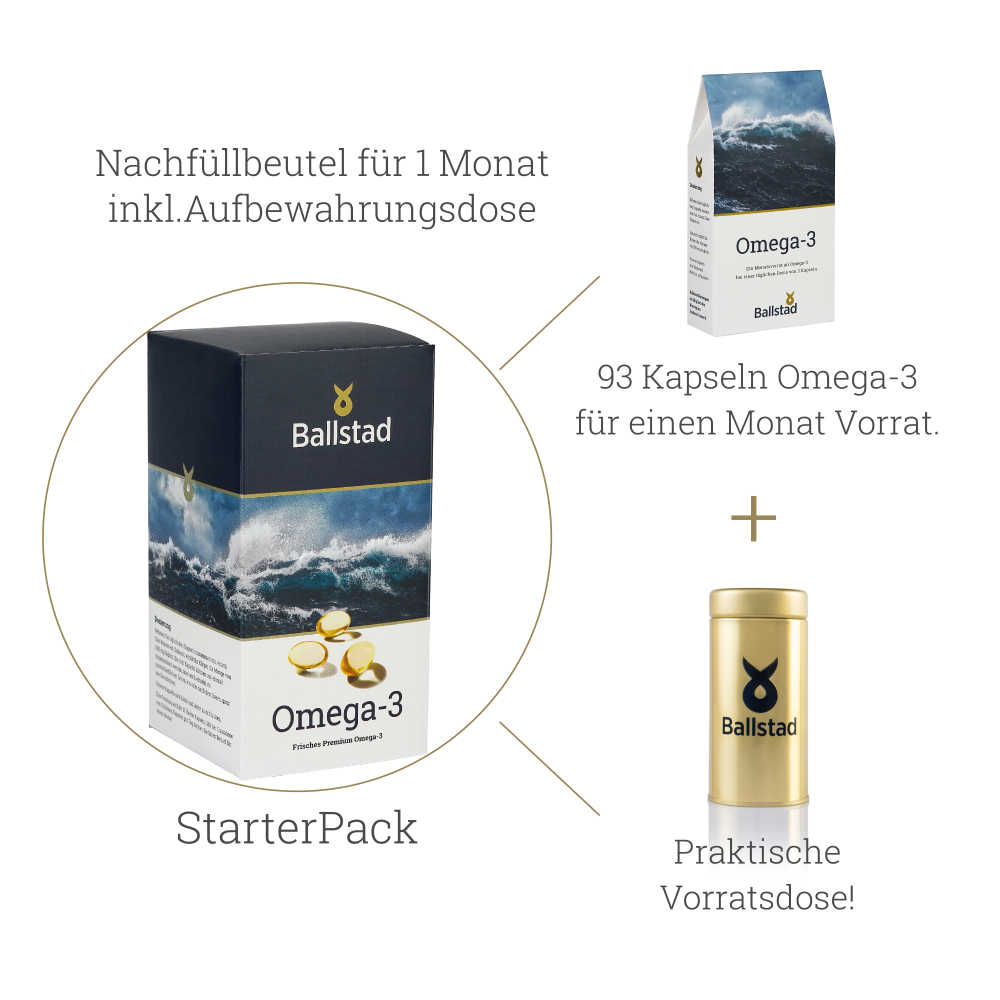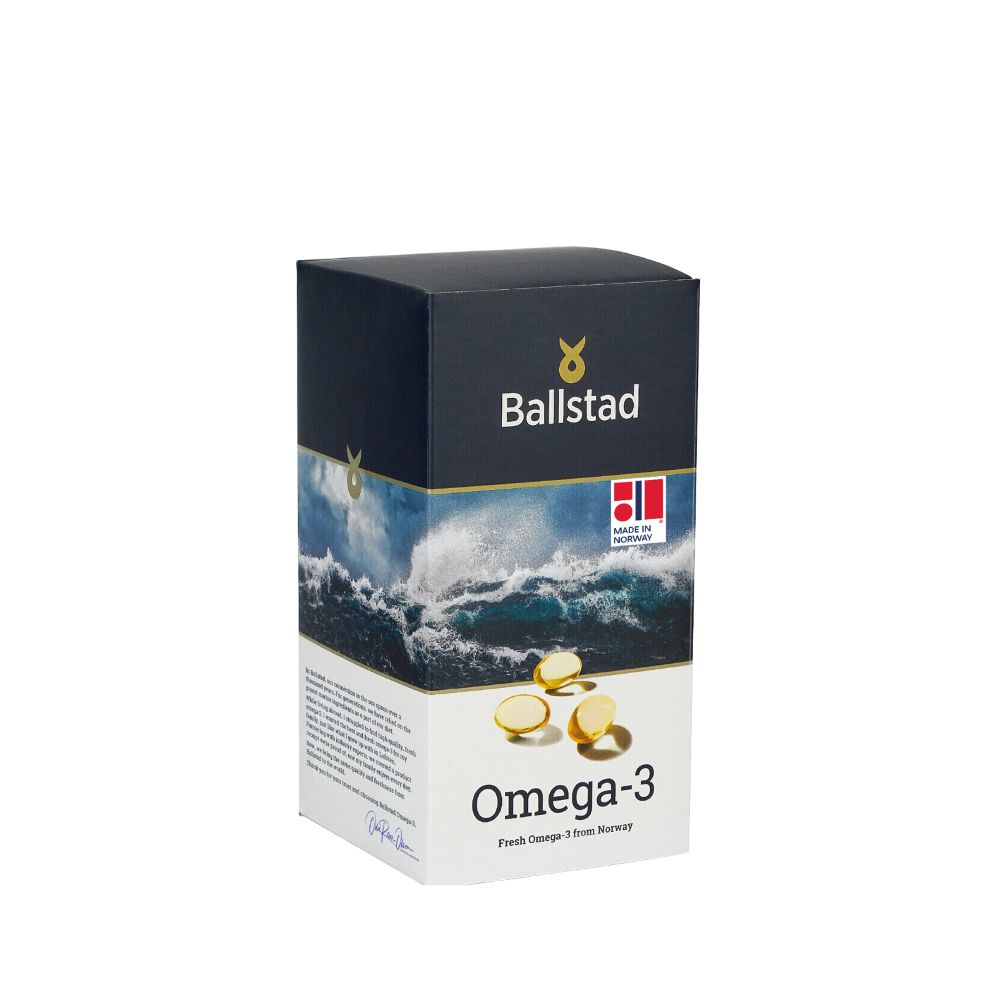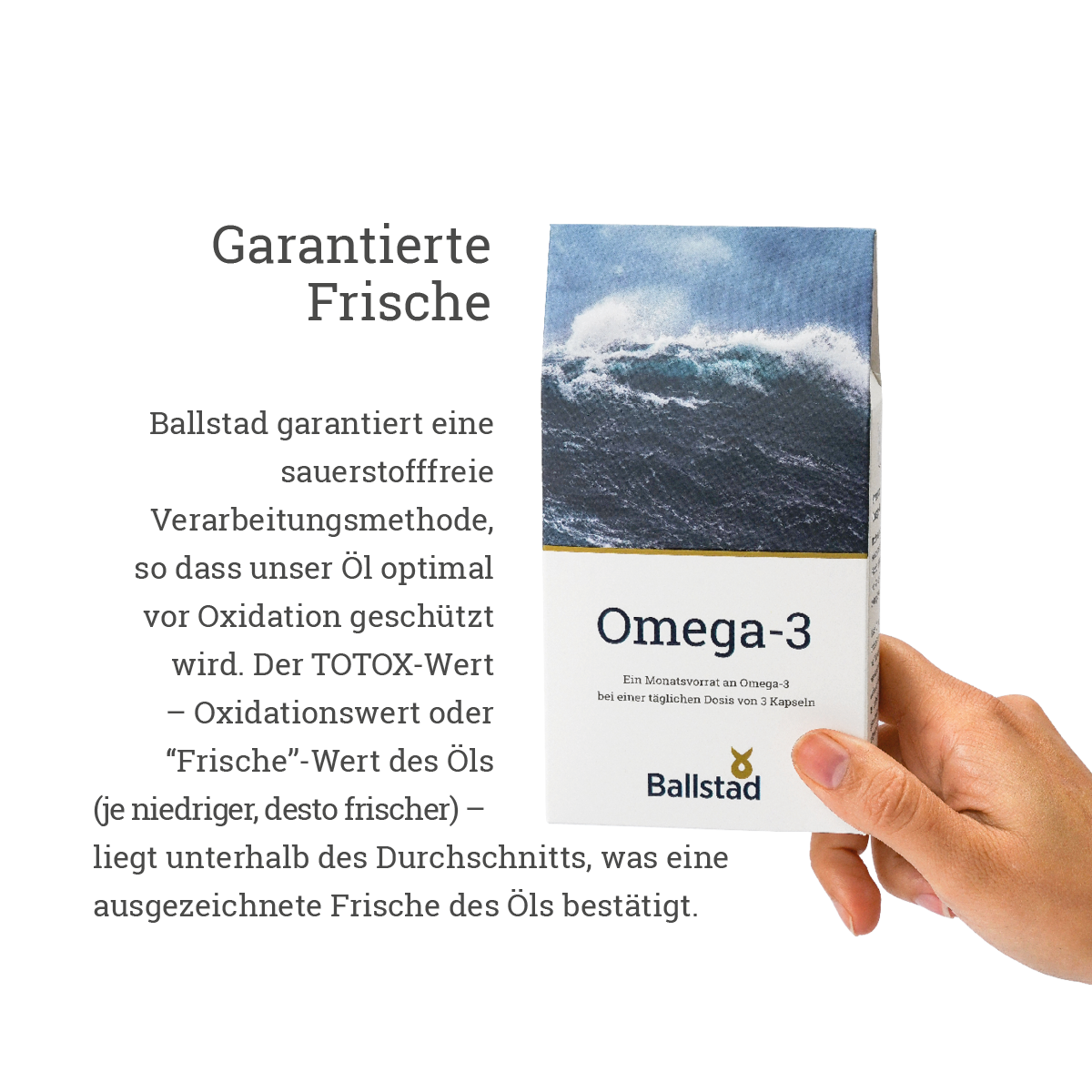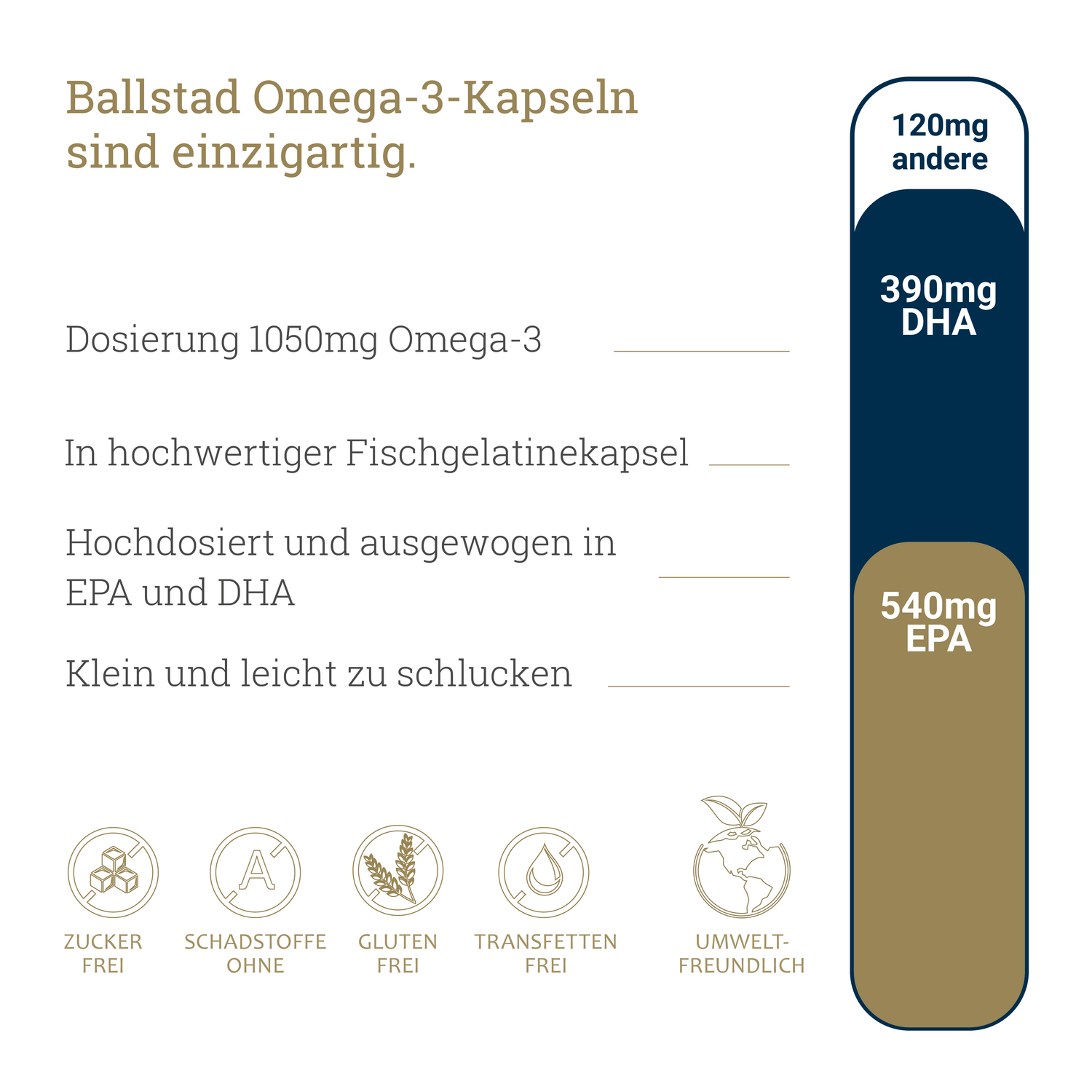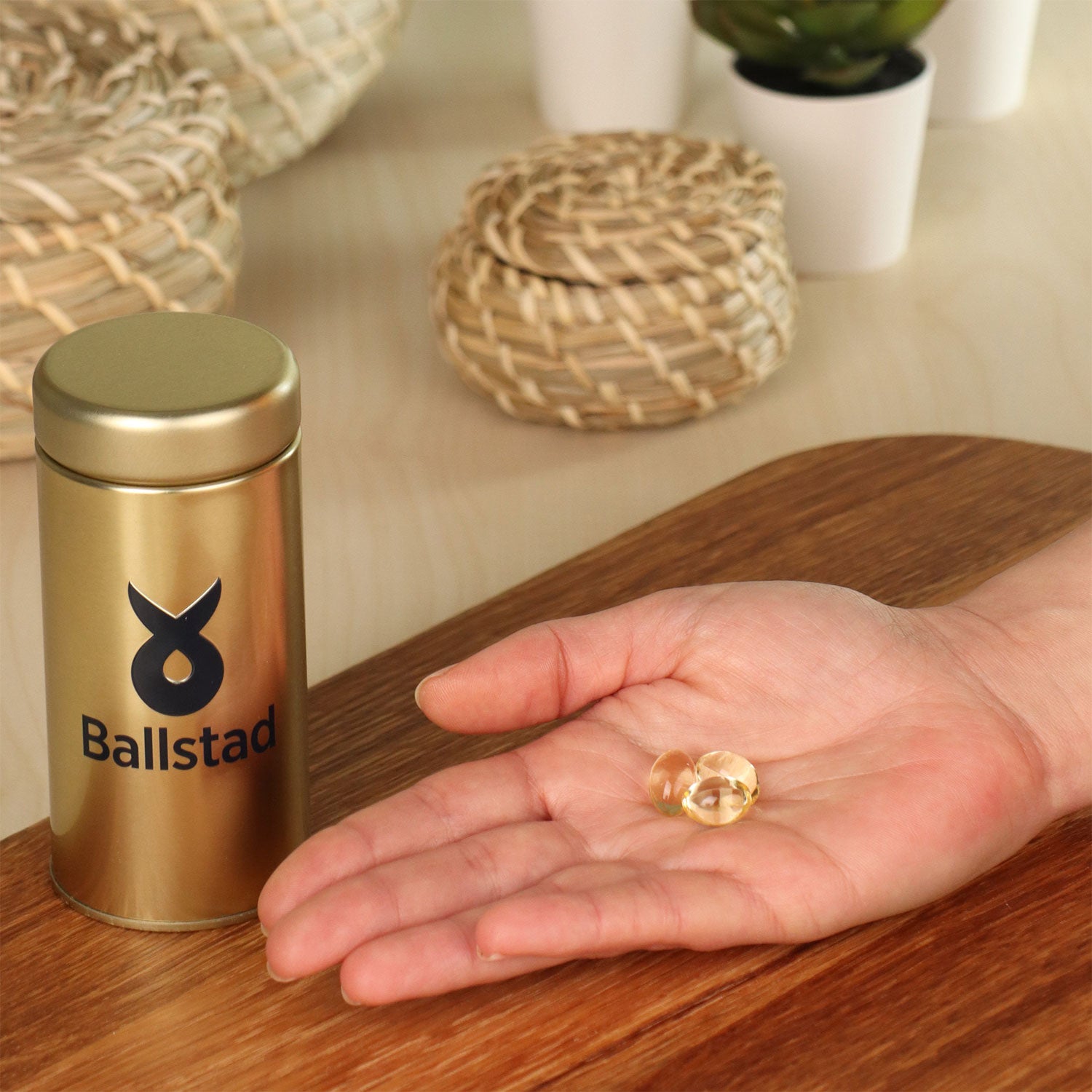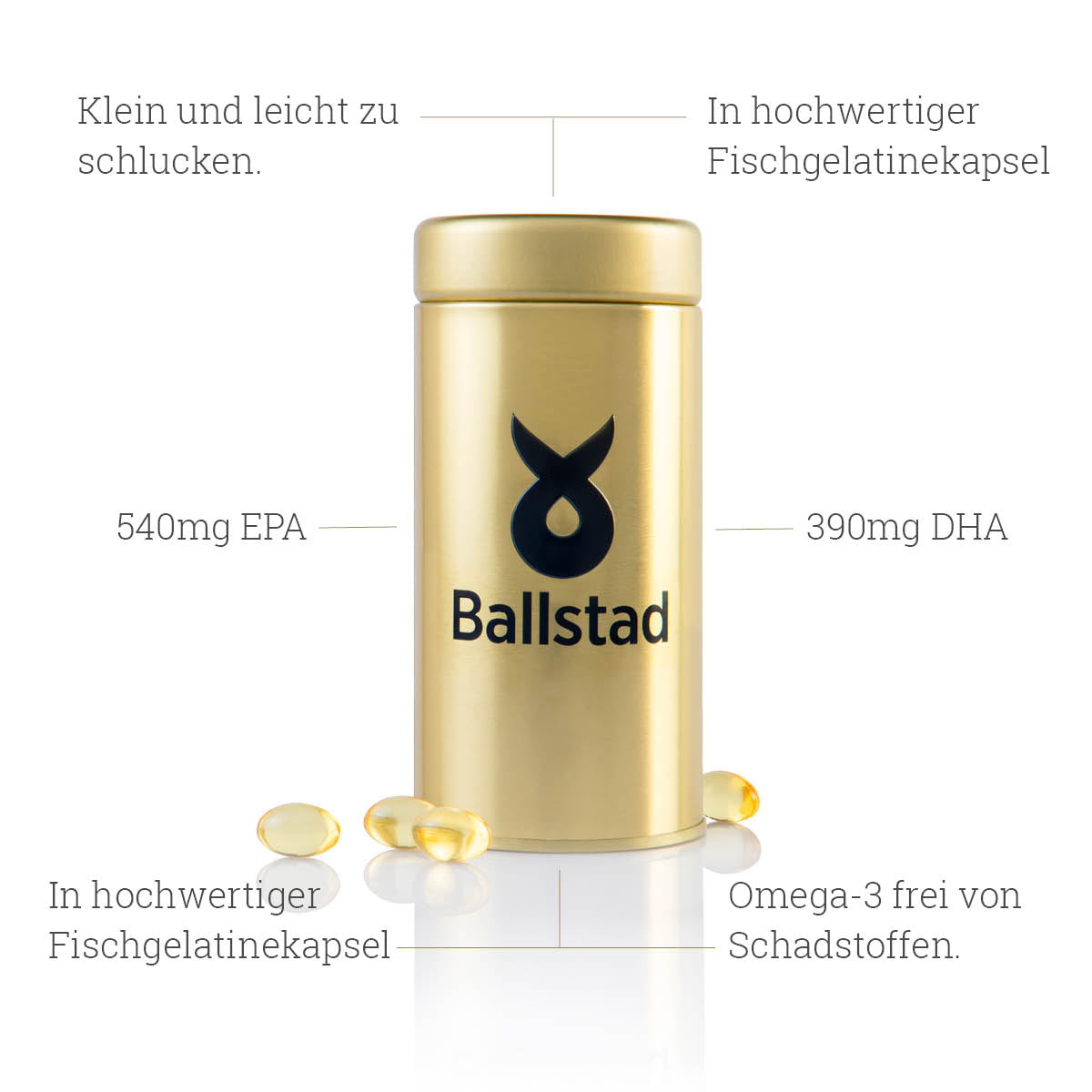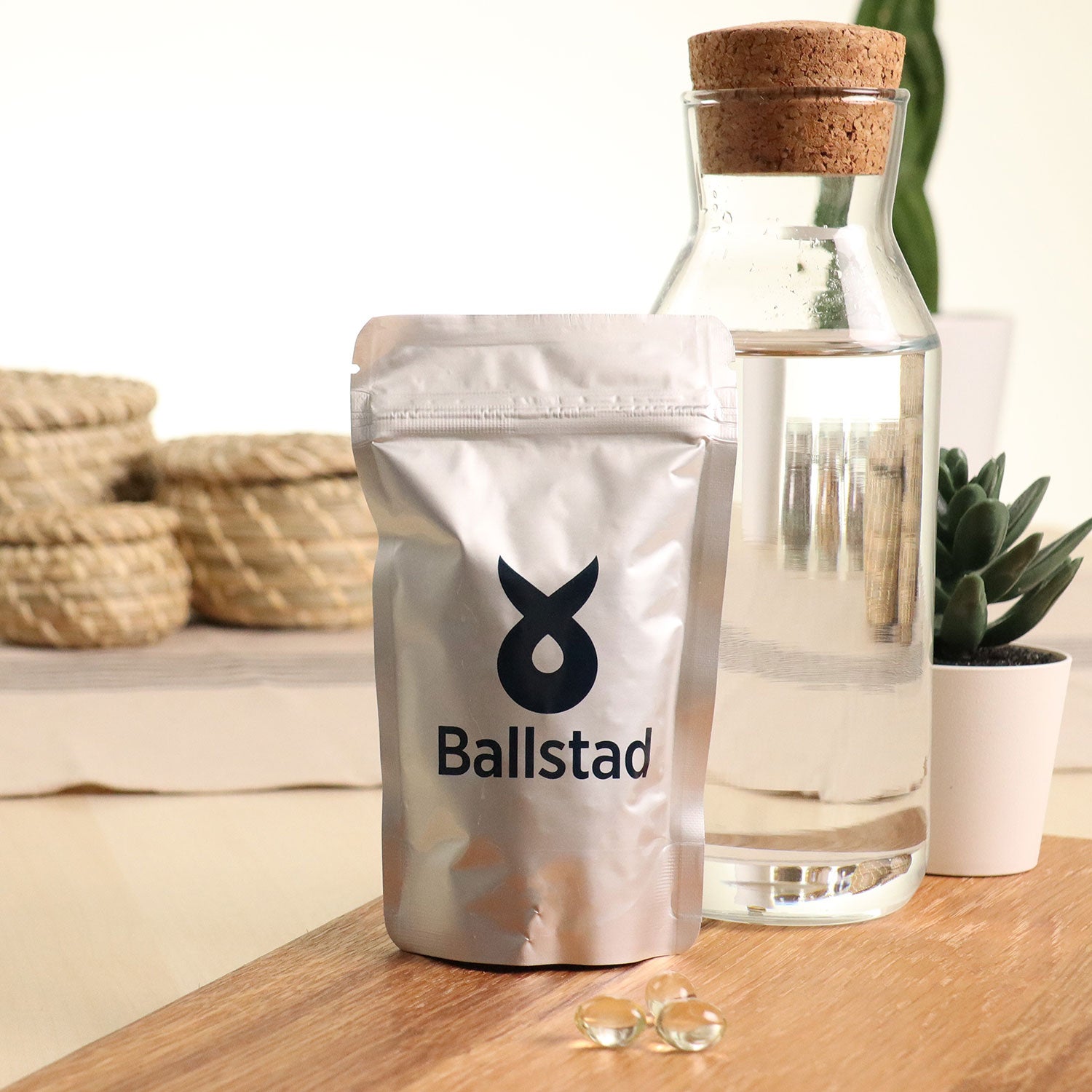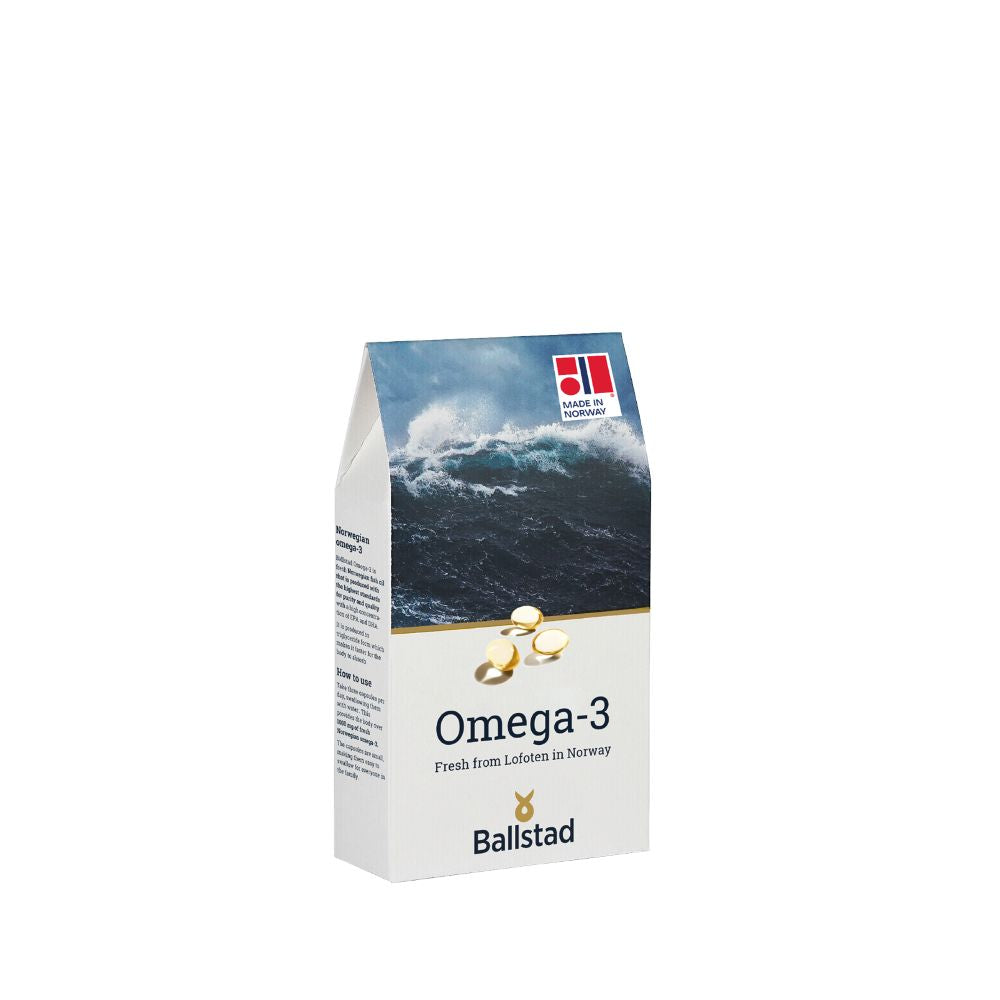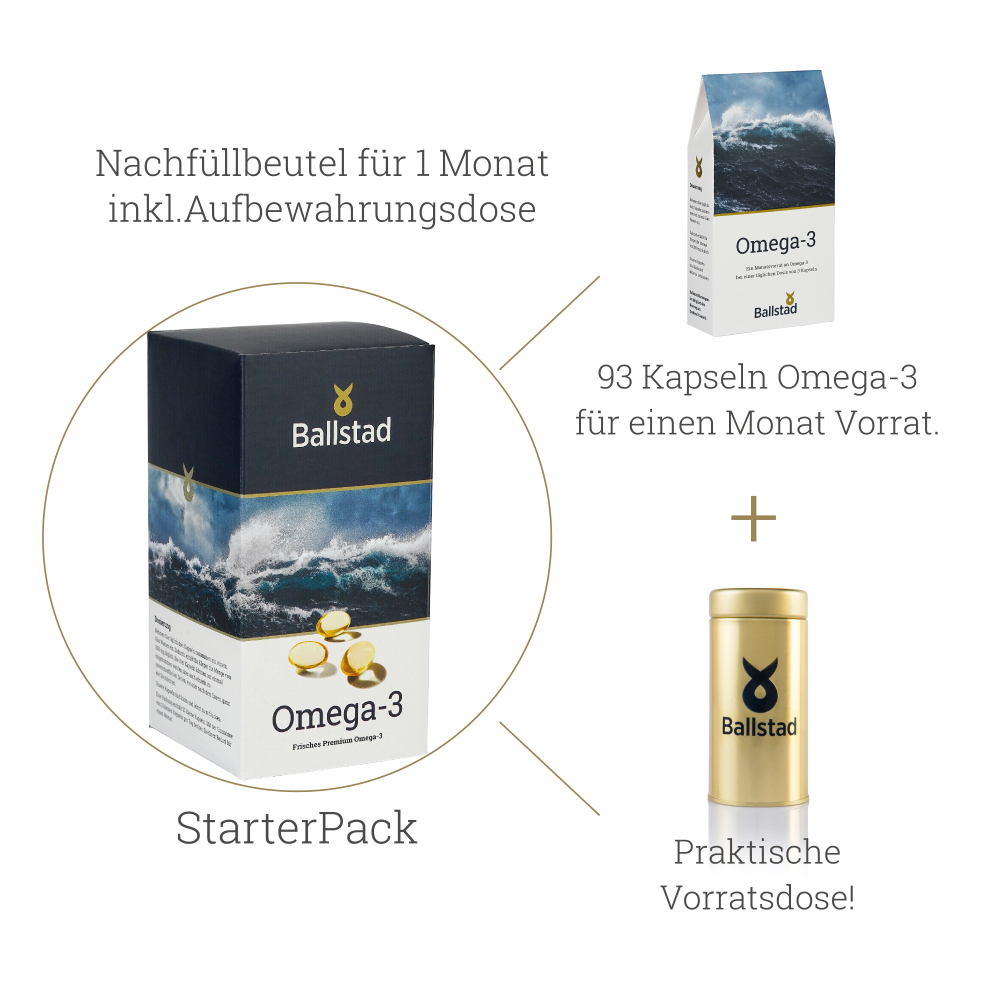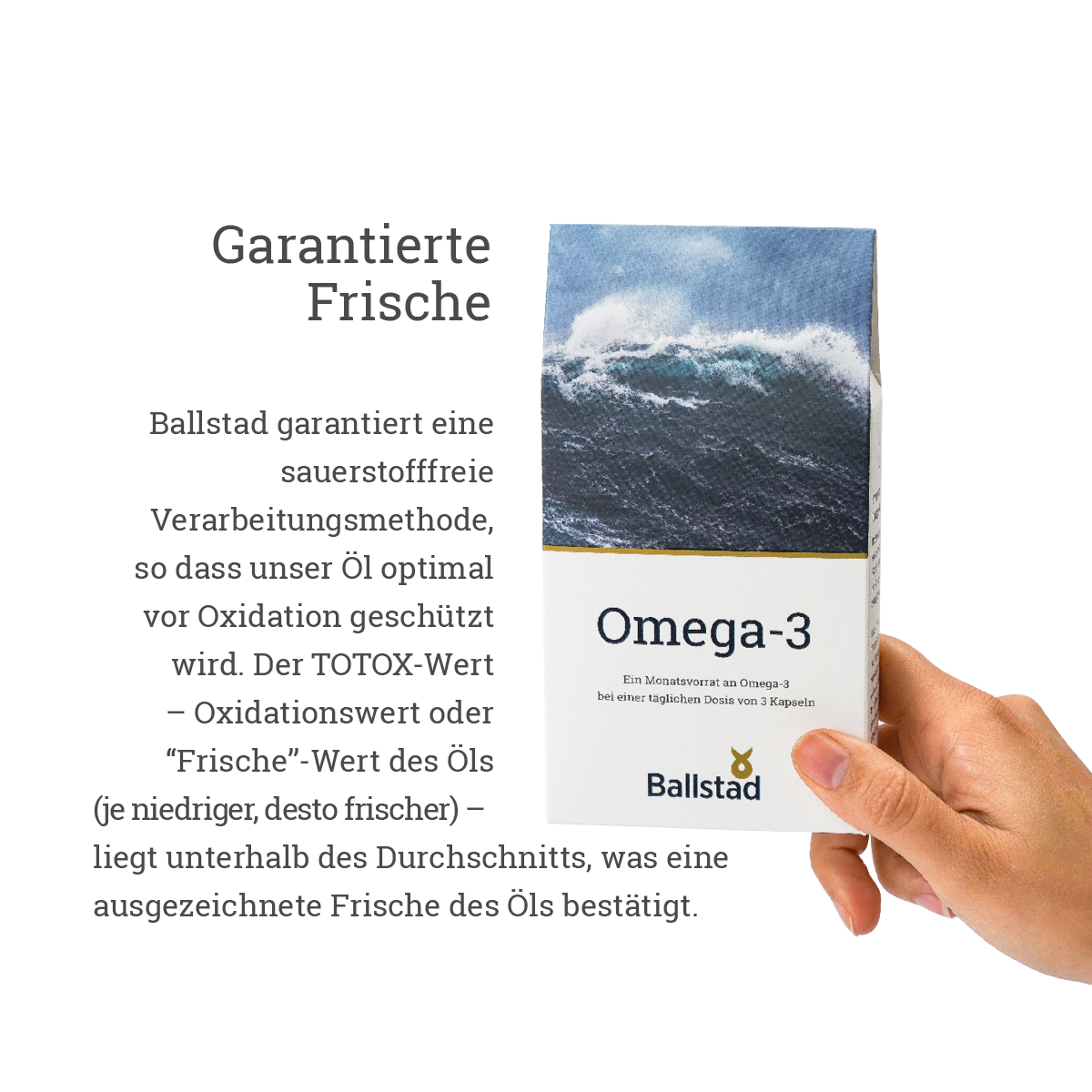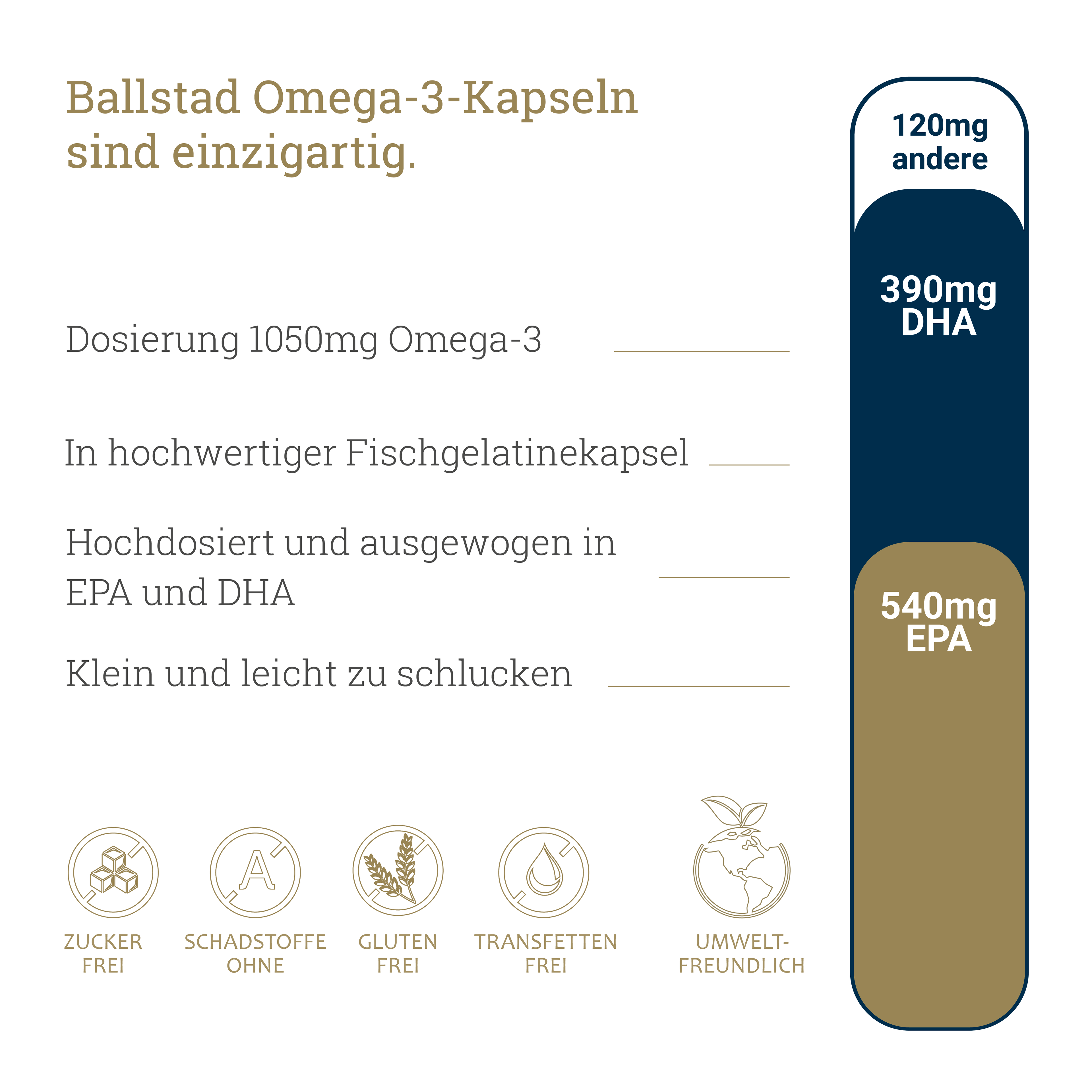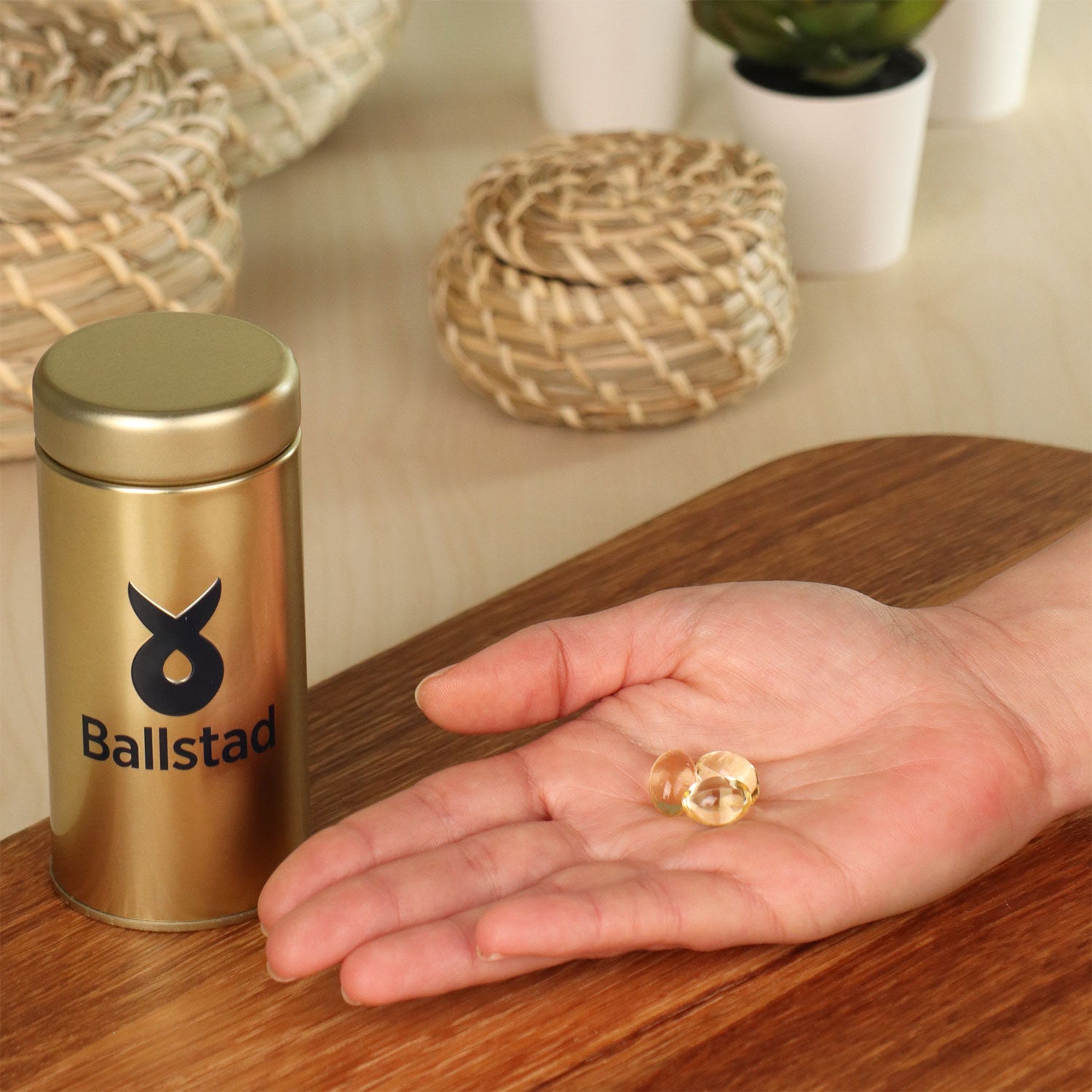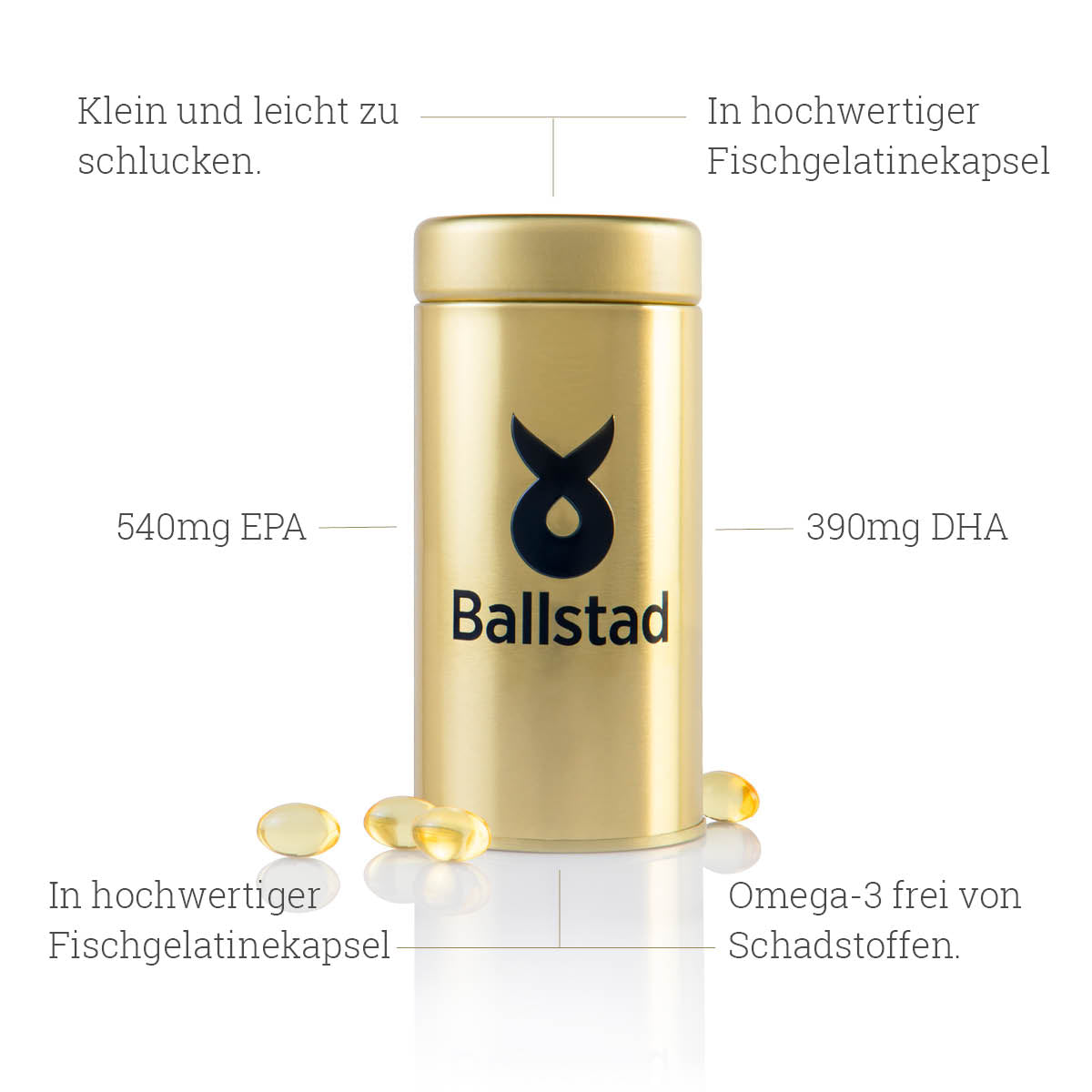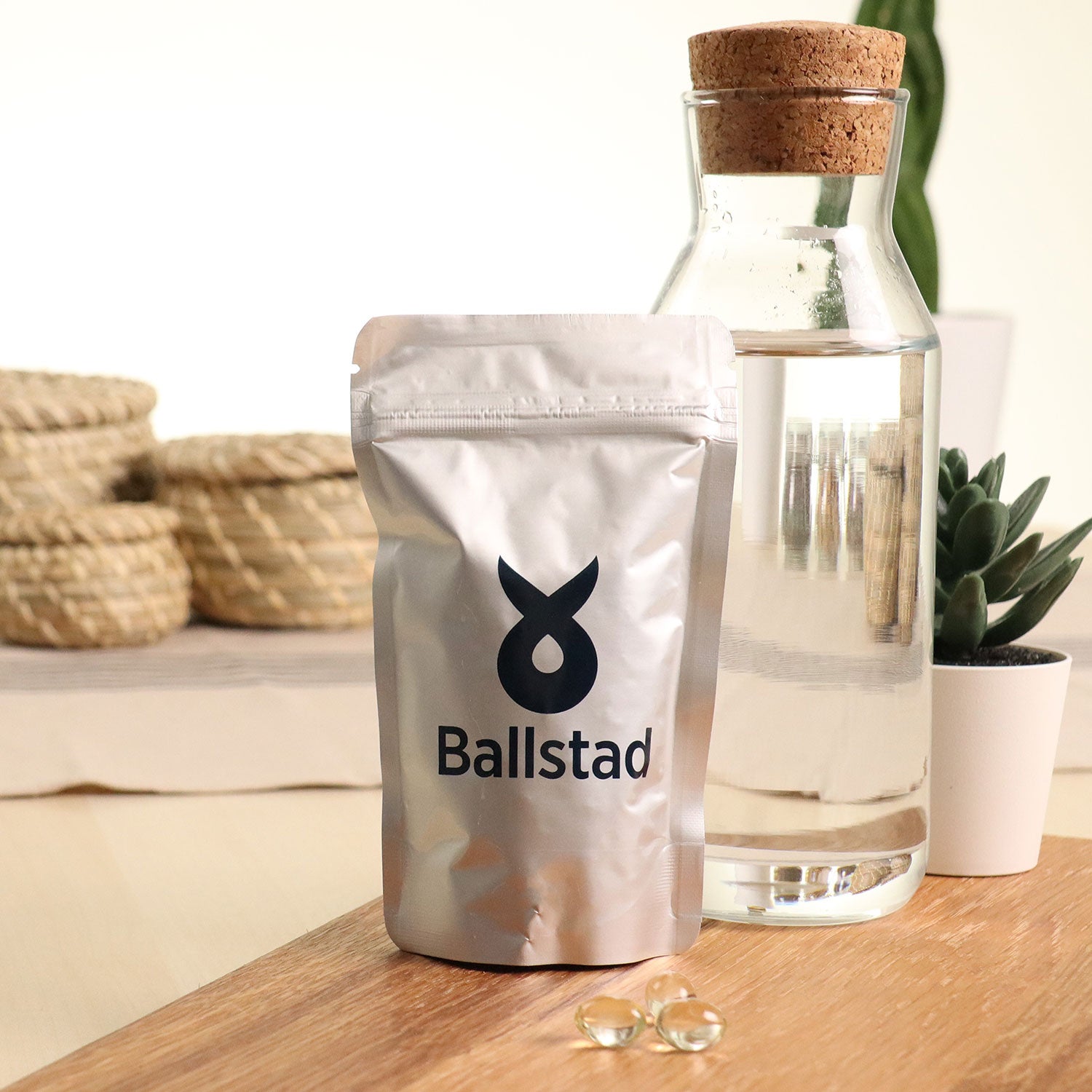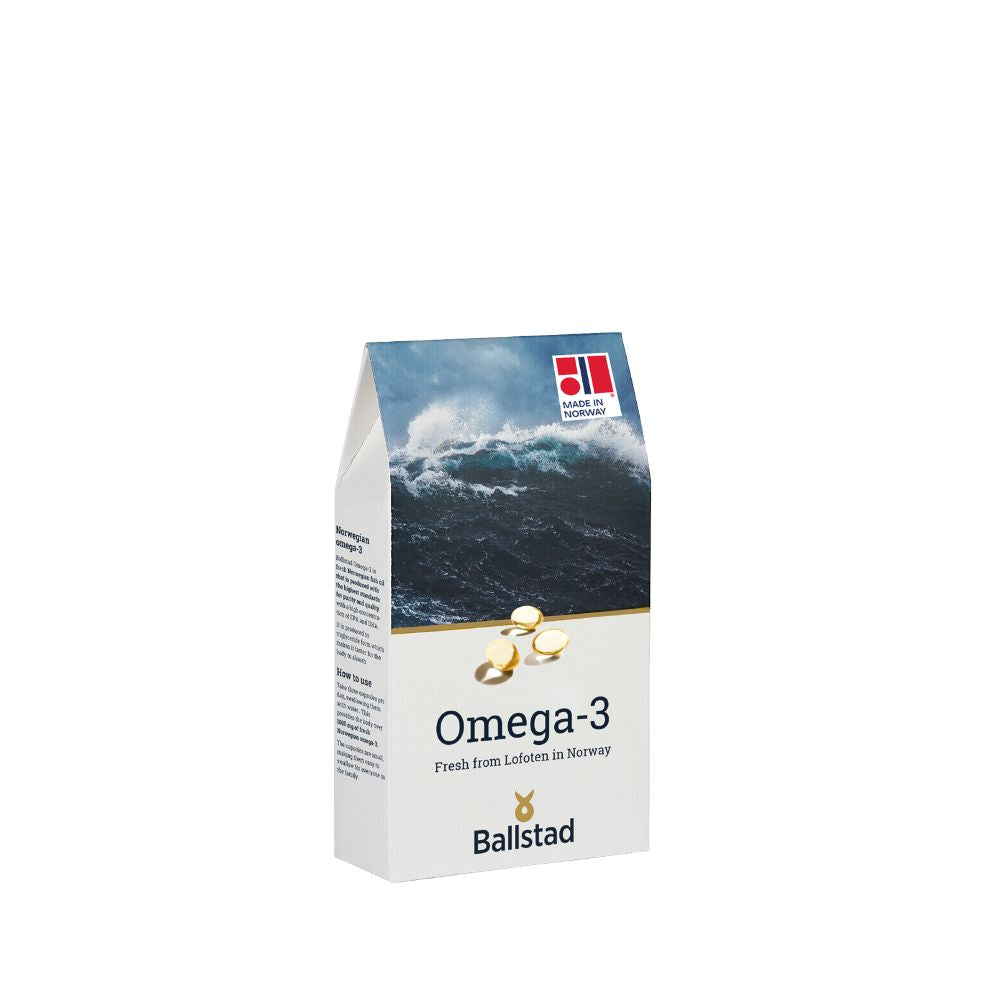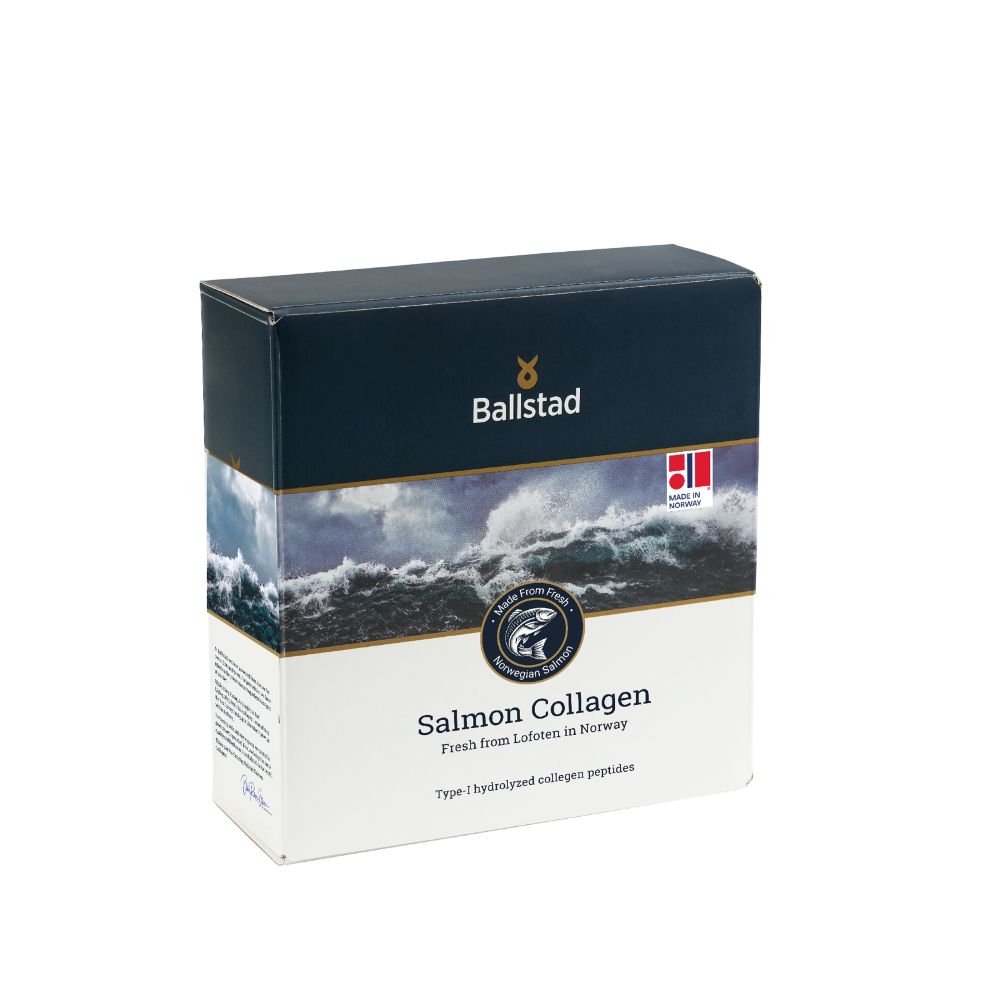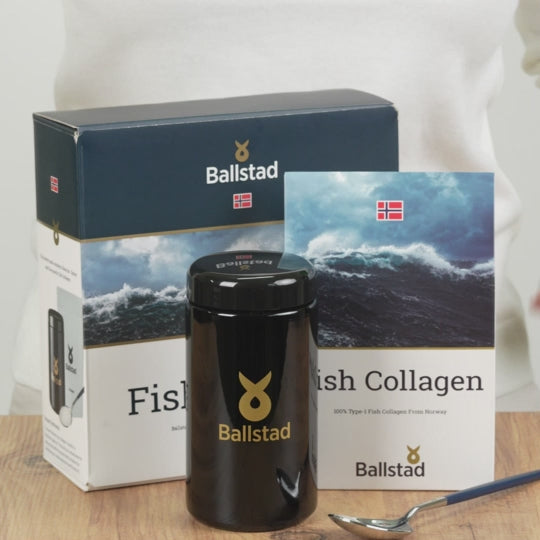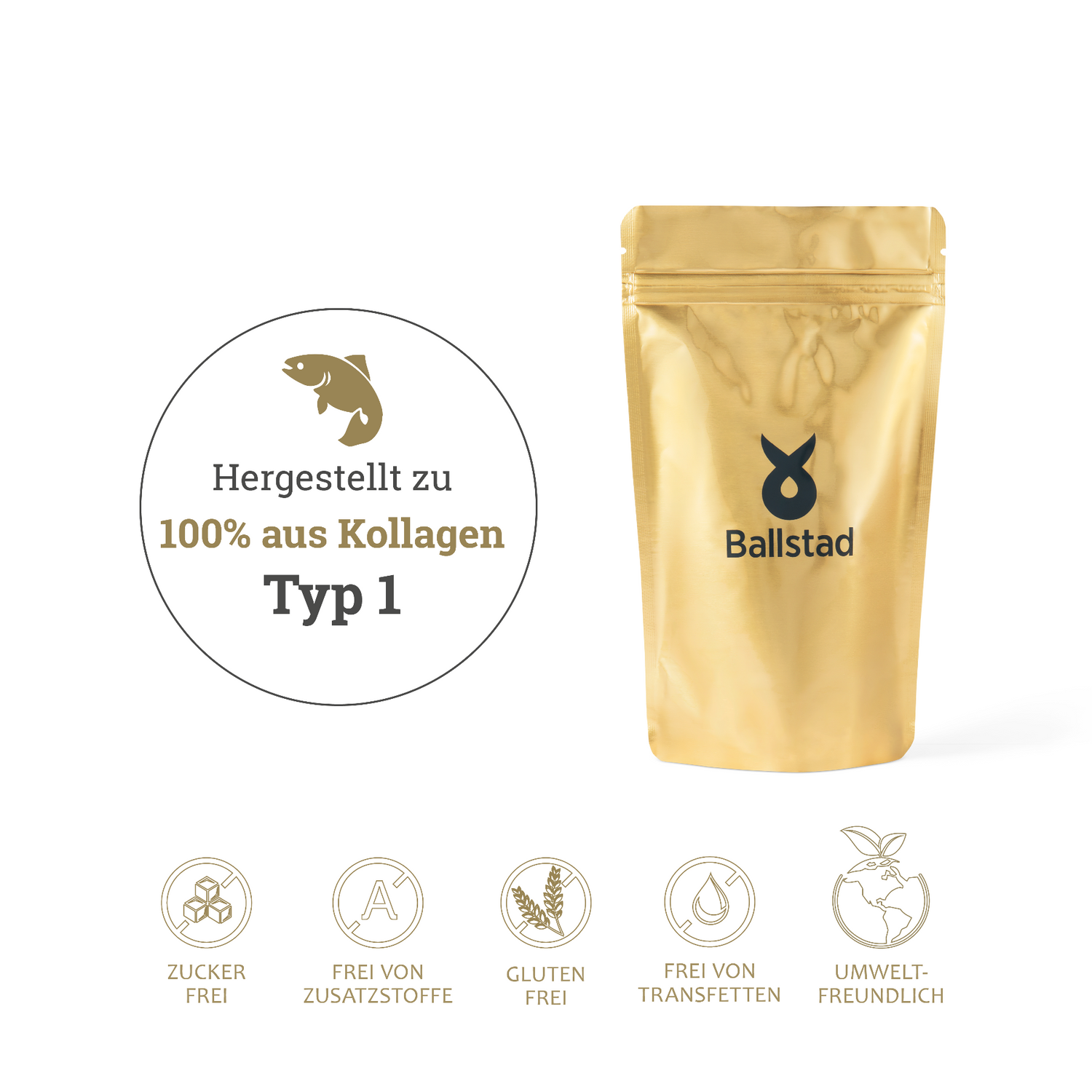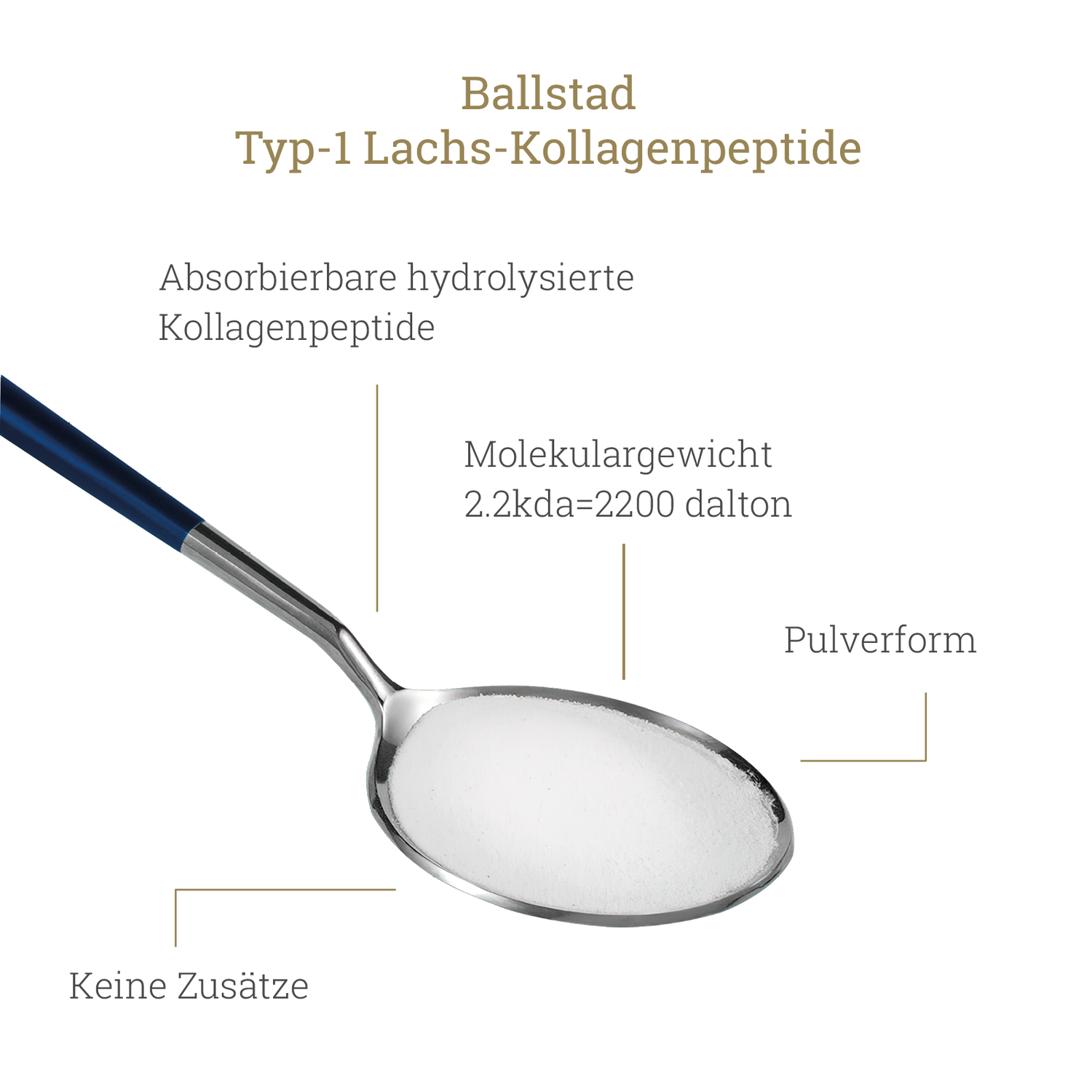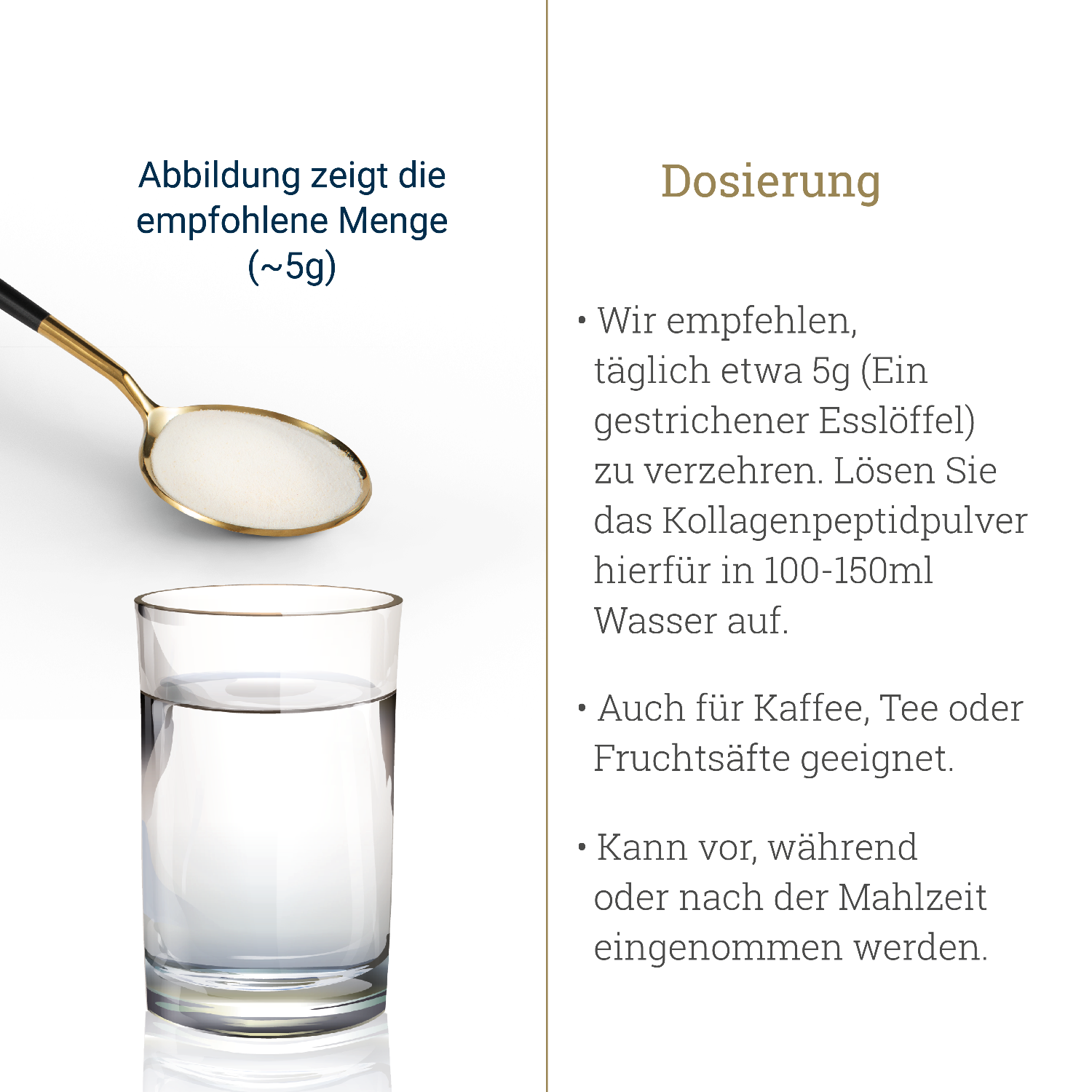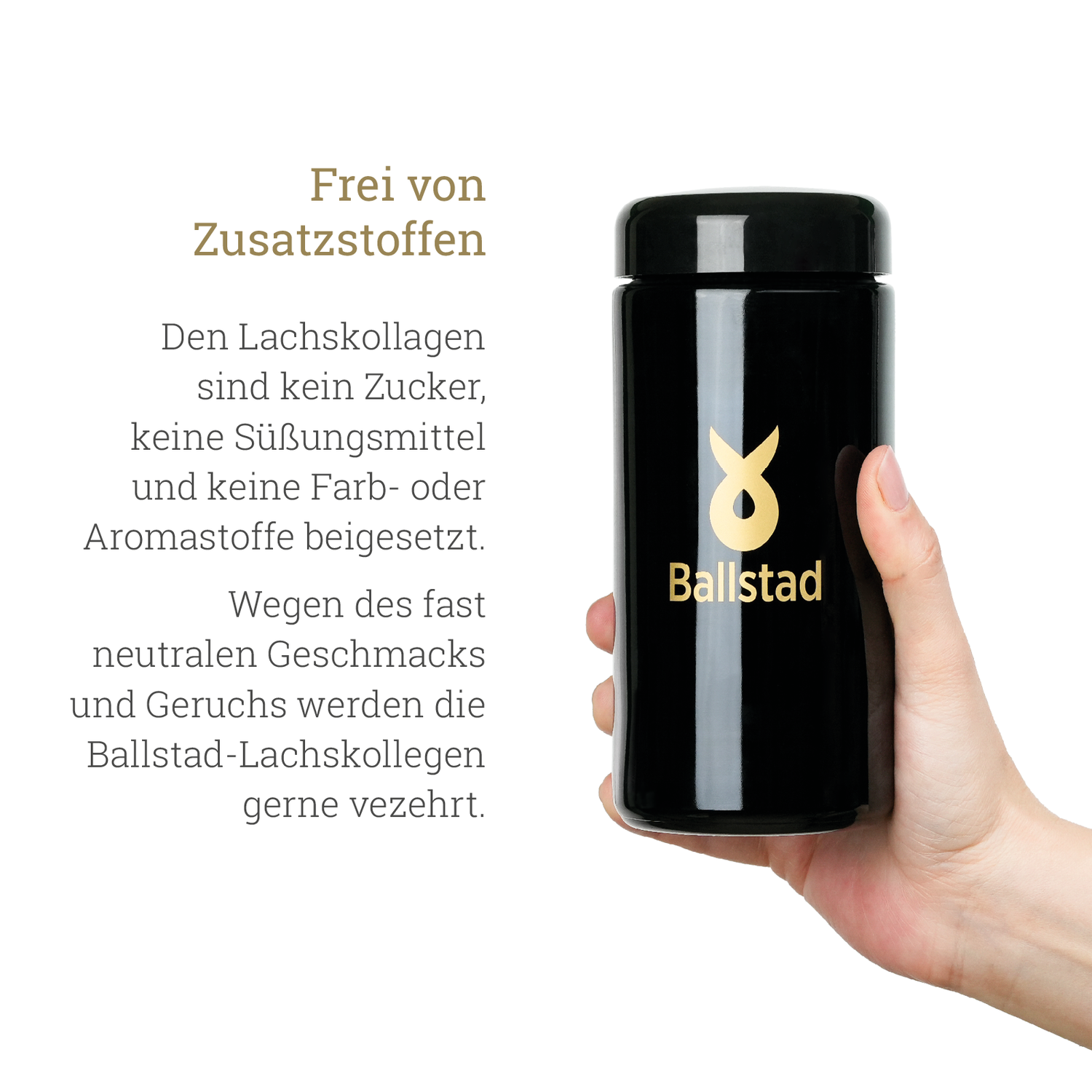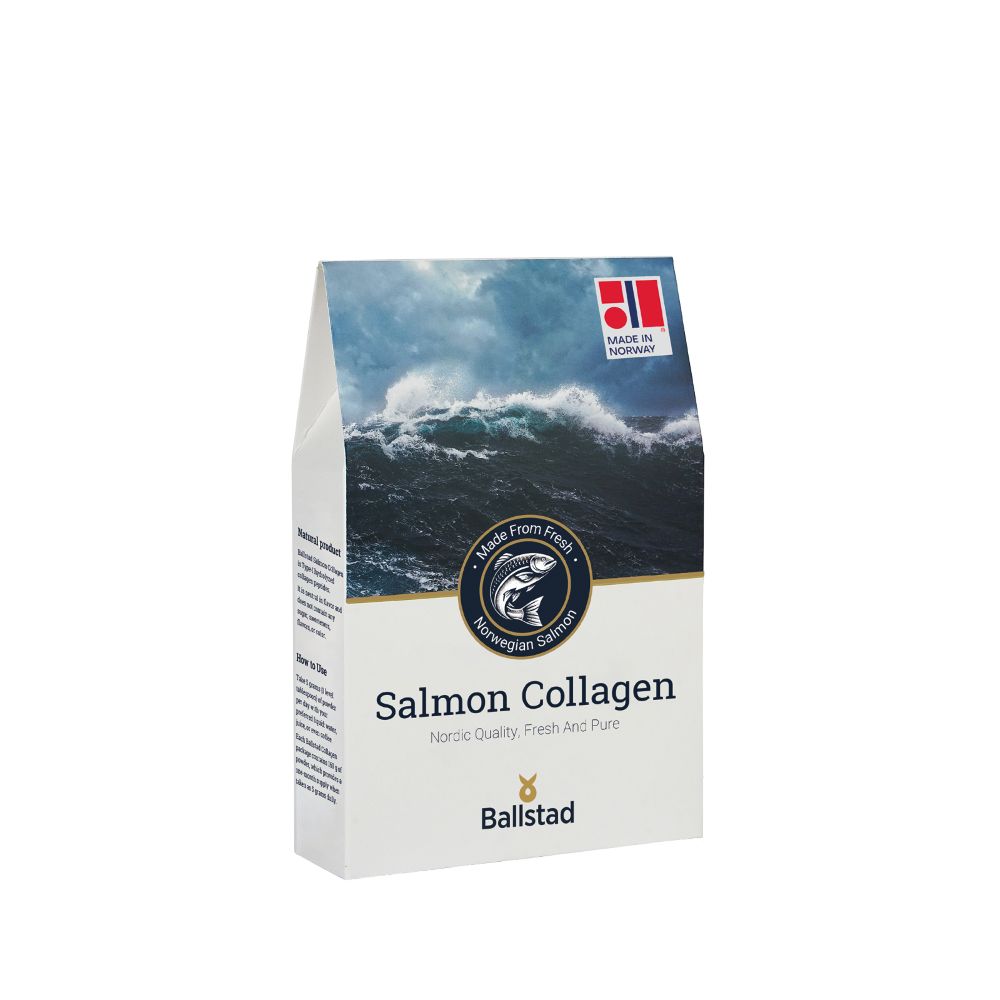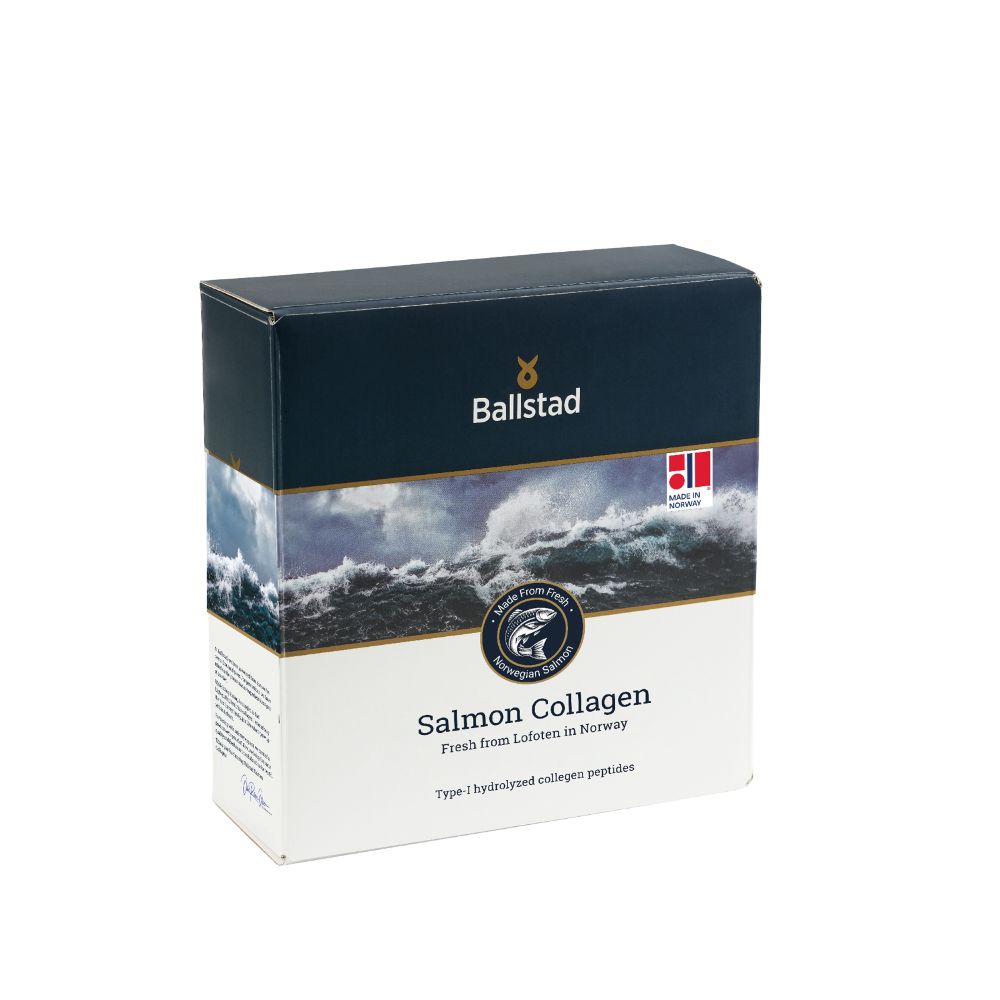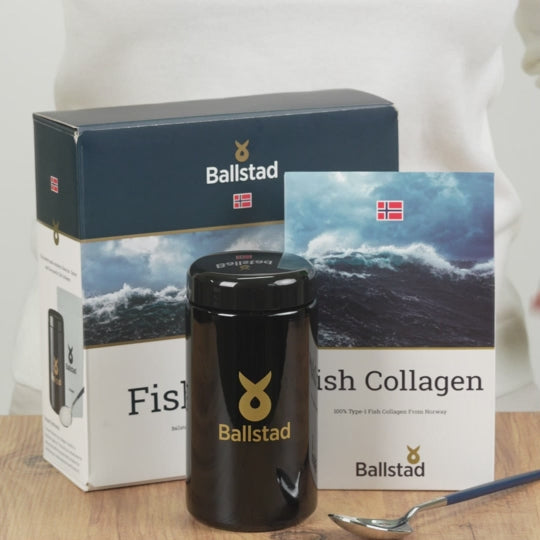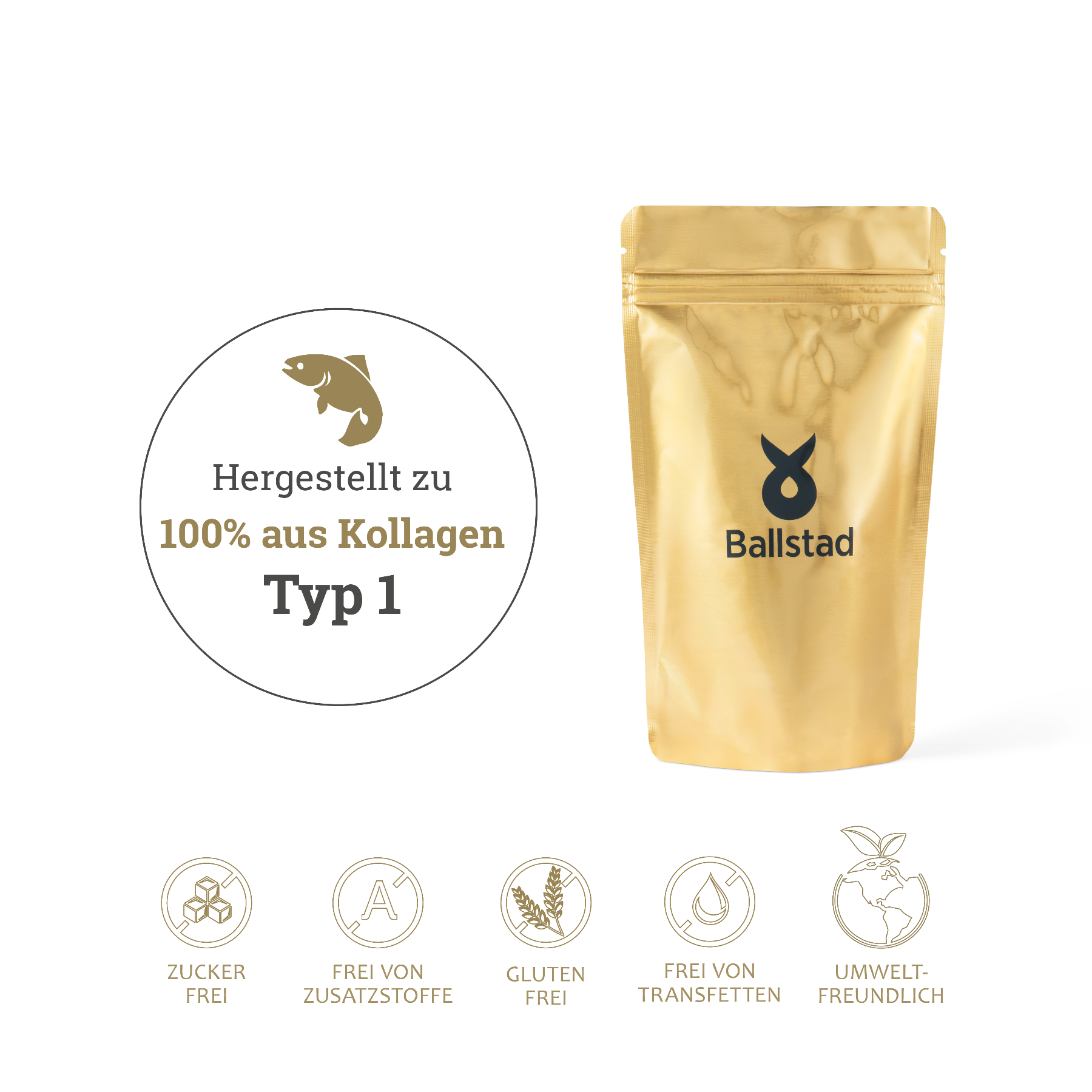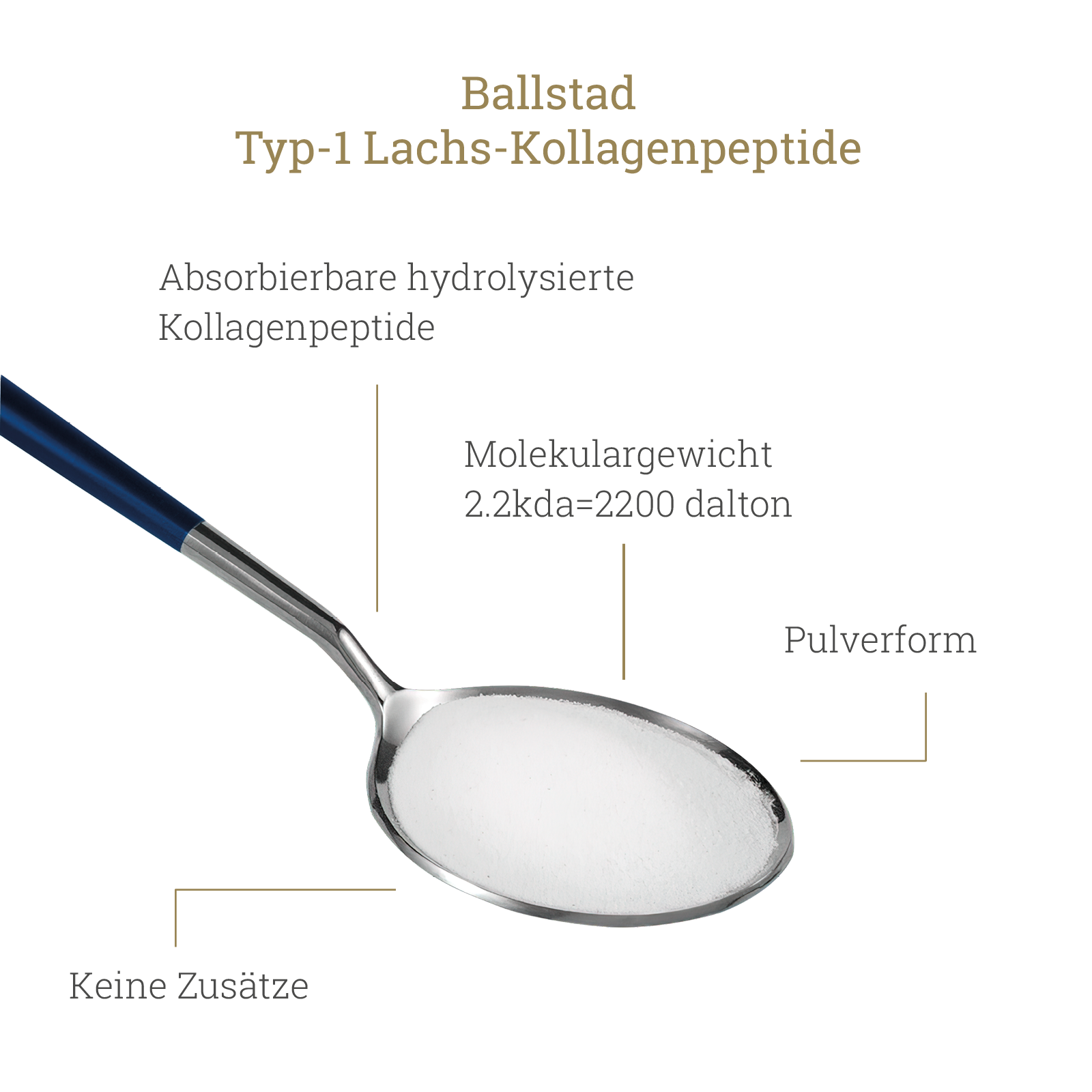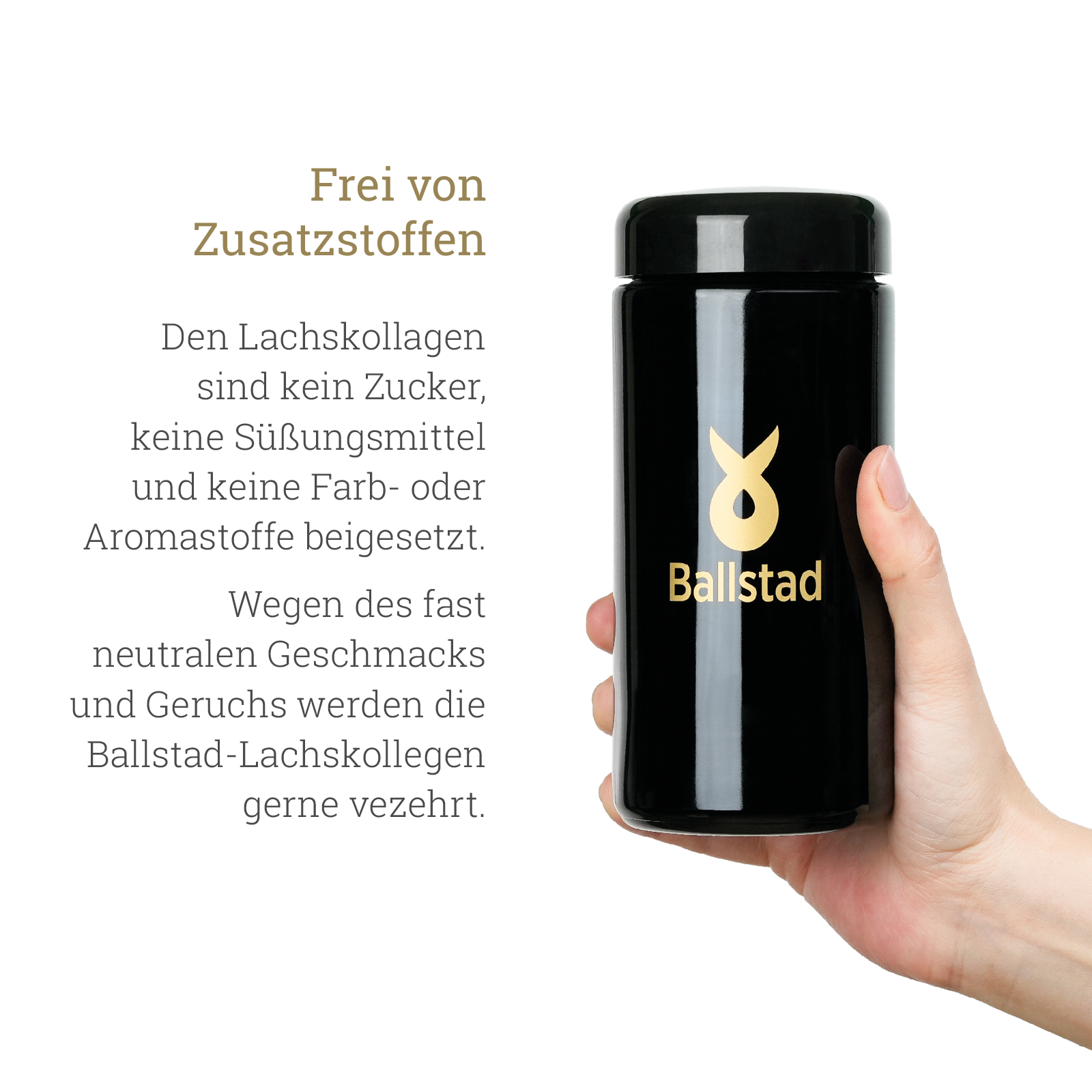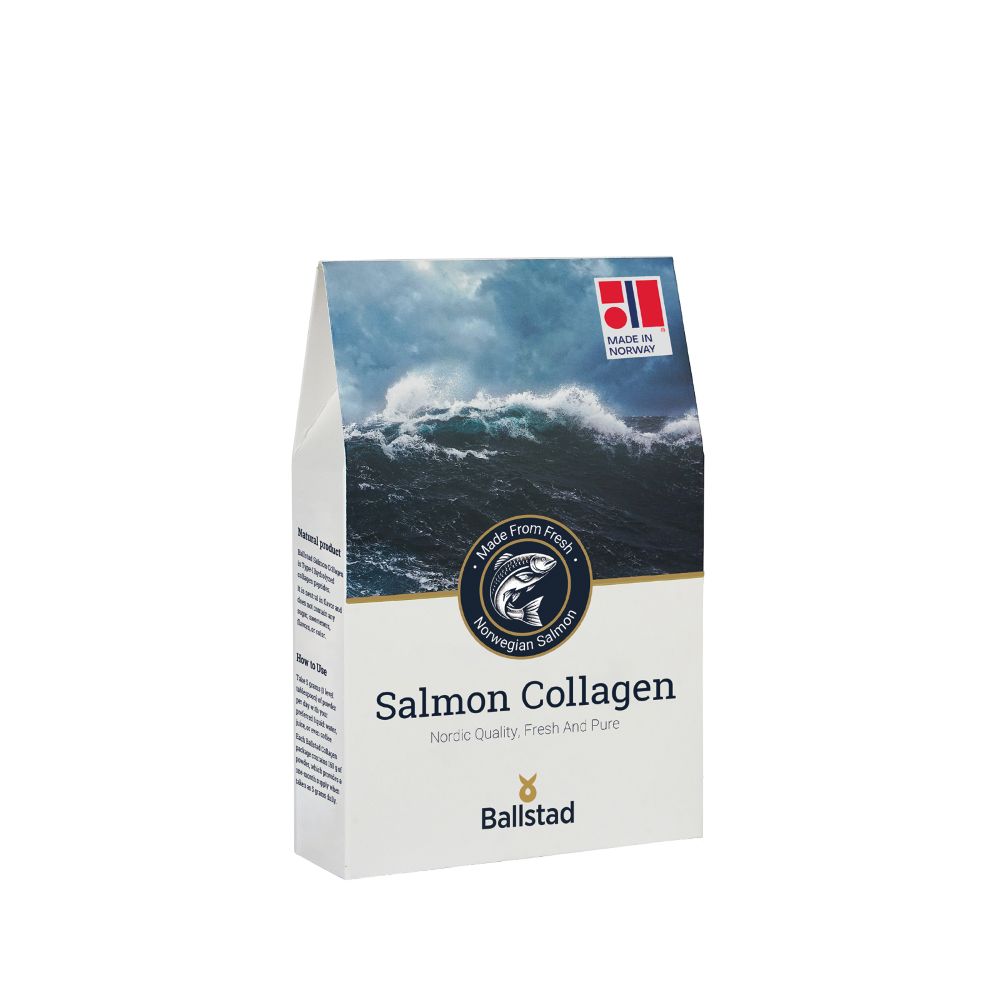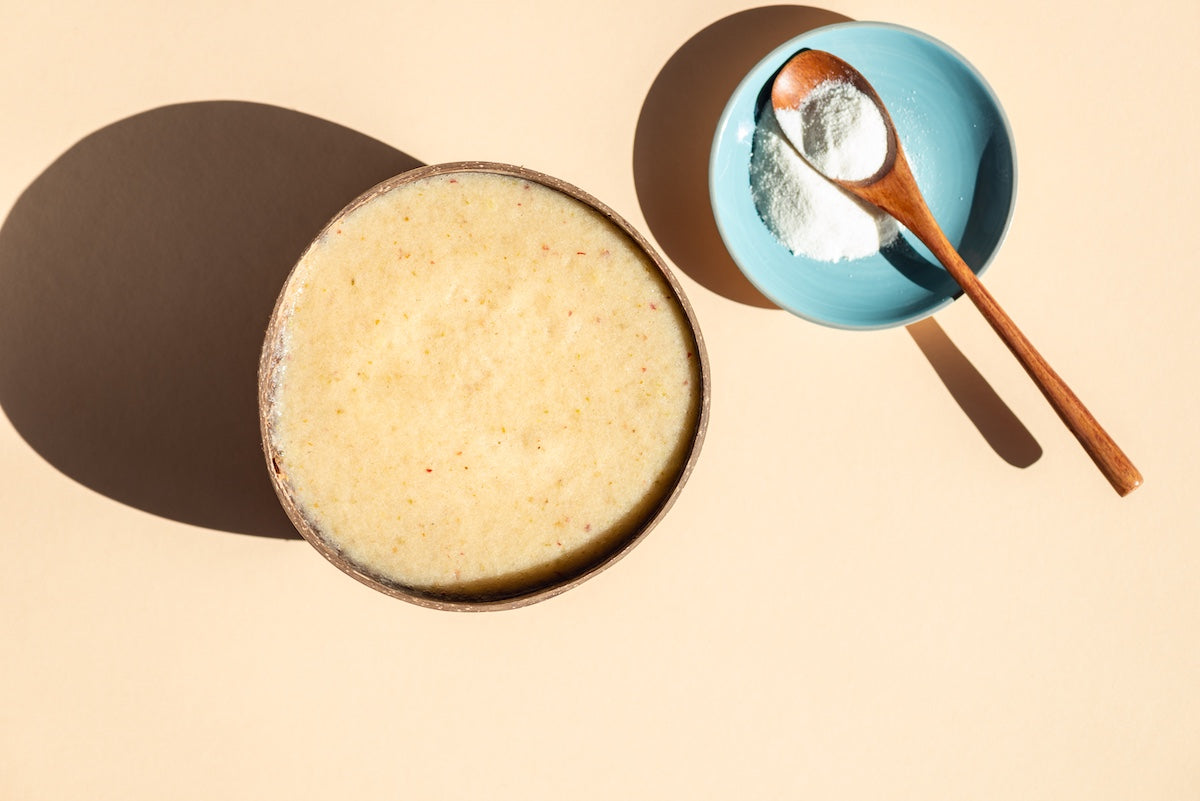Mobility as a basis for everyday life
Our joints enable every movement – from climbing stairs to reaching for a coffee cup.
However, with increasing age or due to everyday stress, stiffness and limited mobility can occur.
Here, collagen comes into focus because it plays a central role in connective tissue .
What is the function of collagen in the joints?
Type II collagen is a major component of cartilage , which acts as a cushion between bones.
It prevents bones from rubbing against each other and thus ensures smooth movements .
As we age, the body's own production of collagen decreases, which can affect cartilage density .
Therefore, the extent to which collagen peptides can support the maintenance of normal joint functions is being investigated.
Current research results
Studies suggest that regular intake of hydrolyzed collagen could have a positive effect on cartilage structure and mobility .
Hydrolyzed peptides can be easily absorbed by the body and used as building blocks for connective tissue .
These research results are promising, but are not a substitute for medical treatment .
Why marine collagen is a good choice
Fish collagen , such as that from Norwegian salmon , is characterized by high bioavailability and pure origin .
It contains many amino acids such as glycine and proline , which are important for the formation of connective tissue .
Ballstad Salmon Collagen is tasteless , odorless and can be easily stirred into drinks – ideal for your daily diet.
Holistic support for healthy joints
Collagen can be a useful component of a holistic approach that also includes:
-
Regular exercise to promote joint mobility
-
Balanced diet with omega-3 fatty acids
-
Weight management to relieve joint strain
This way, natural joint function can be supported in the long term.
Sources
-
EFSA Journal: Scientific opinion on collagen hydrolysate and joint health
-
BfR (Federal Institute for Risk Assessment): Information on collagen in food supplements
-
Benito-Ruiz et al. (2009): Effect of hydrolyzed collagen on joint health – Osteoarthritis and Cartilage


